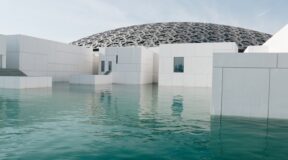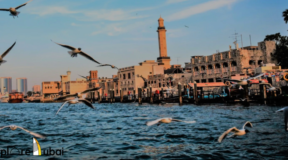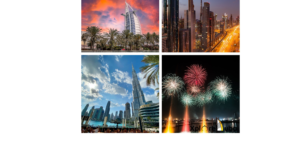2 December is the National Day of the United Arab Emirates. It is the anniversary of the nation we know today being formed, uniting the seven separate sheikhdoms. There is a misconception by some that 2 December is our Independence Day and it is not. It is even wrongly written as such on some websites, but only by people who did not do their due diligence.
The seven Emirates; starting from the west; Abu Dhabi, Dubai, Sharjah, Ajman, Umm Al Quwain, Ras Al-Khaimah and Fujairah were all in existence for hundreds and hundreds of years at least, prior to the unification. The area was known to the international community as the Trucial States and casually as the pearling coast and even the pirate coast. The nine states included in the official Trucial States were the UAE’s seven Emirates, plus Qatar and Bahrain. It was just a term to easily summarise the list of tiny, neighboring nation-states. Where some historians got it wrong, was adding the Trucial States into being a part of, or governed by the British Commonwealth. This was just not the case. Both Dubai and Abu Dhabi had British embassies and Sharjah had a Royal Air Force (RAF) airstrip. Yet the sole governing, assembly of troops, security of land and the wellbeing of the people was always the absolute duty of each Emirate’s sheikh. The water off the coast, however, was a different story.
In 1835, there was a treaty with the British most if not all the Trucial State members signed. It was called the General Peace Treaty with Maritime Truce. The truce was made to keep the British from being attacked by these states; and that the British would not attack in return. The water off the coast would be safeguarded by the British Navy, as their government needed to keep the trade routes of the east safe for them. So, this treaty was regarding; who would protect the waters, why they were there and that they came in peace. In the first week of March 1892, Dubai and others signed an additional treaty with the British called the Treaty of Exclusivity. The Emirates which signed agreed not to sell any property to any other empire or nation; which would then cause the maritime treaty to be unstable. Britain wanted to be ‘the’ superpower in the Gulf and neighboring seas; not the French or Portuguese. Then on 1 December 1971, the British gave up the security duty of the water off the coast of each Emirate and completion of the above treaties which was received by Sheikh Zayed Al Nahyan the Ruler of
Abu Dhabi.
2 December was then the time to announce what had been in negotiations for many years, thanks to the persistence and deep friendship between Sheikh Zayed bin Sultan Al Nahyan – the Ruler of Abu Dhabi and Sheikh Rashid bin Saeed Al Maktoum – the Ruler of Dubai. Various government structures and names had been debated and discussed amongst all the Trucial State members. Qatar and Bahrain decided to go it alone. Ras Al-Khaimah needed some extra time; one great possibility was that it had many agreements on its own with other nation states and was well known on its own throughout the preceding era. Yet after much determination and great care to various independent states, the culture and the tribes, an agreement had been reached – the formation of the United Arab Emirates. The Emirates would speak with one voice internationally and protect their water, coastland and people. Each Emirate autonomous yet under a federal system with some federal laws and the protection of a federal government economically and in foreign affairs. Each Emirate’s Sheikh would be kept as an independent leader over his Emirate. A national council and soon after national cabinet would be formed. Yet one of the biggest differences to the people would be no more tribal wars or land grabs. The people and governments had building and growing to do instead. There were successes to be had and examples to be set. We would be one nation; together, where everyone, would be safe and welcome.
Source: Discover Dubai





